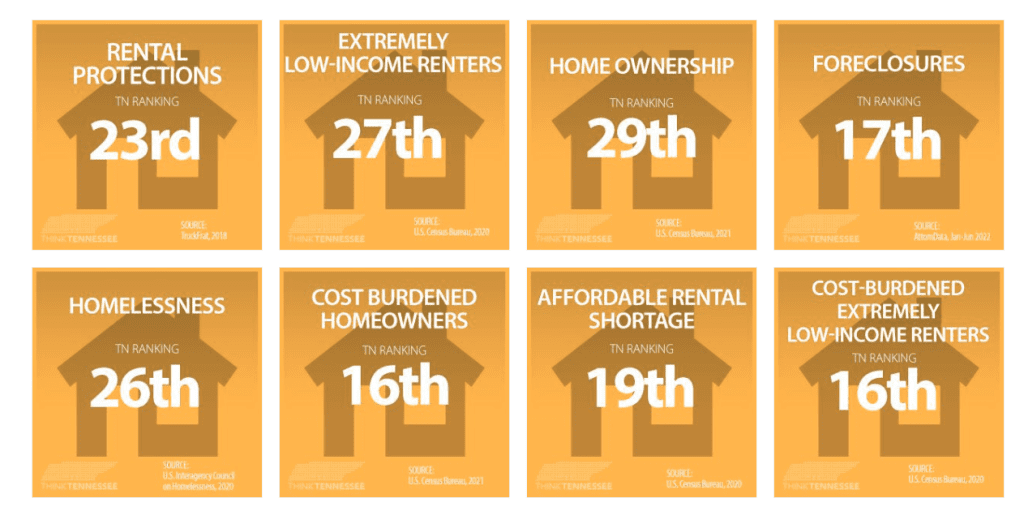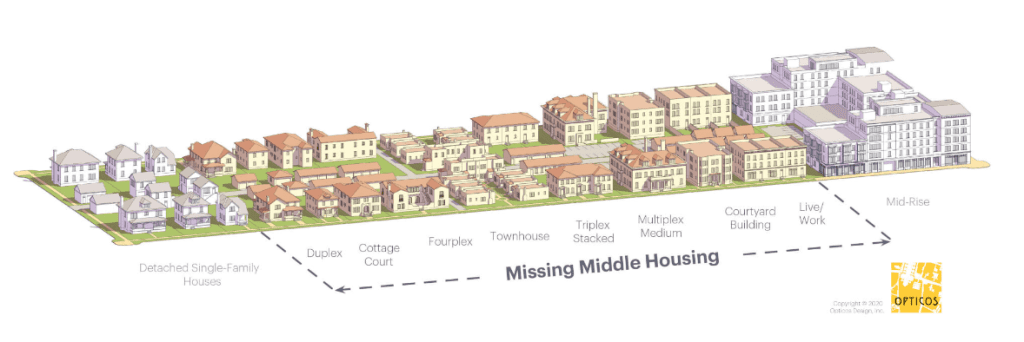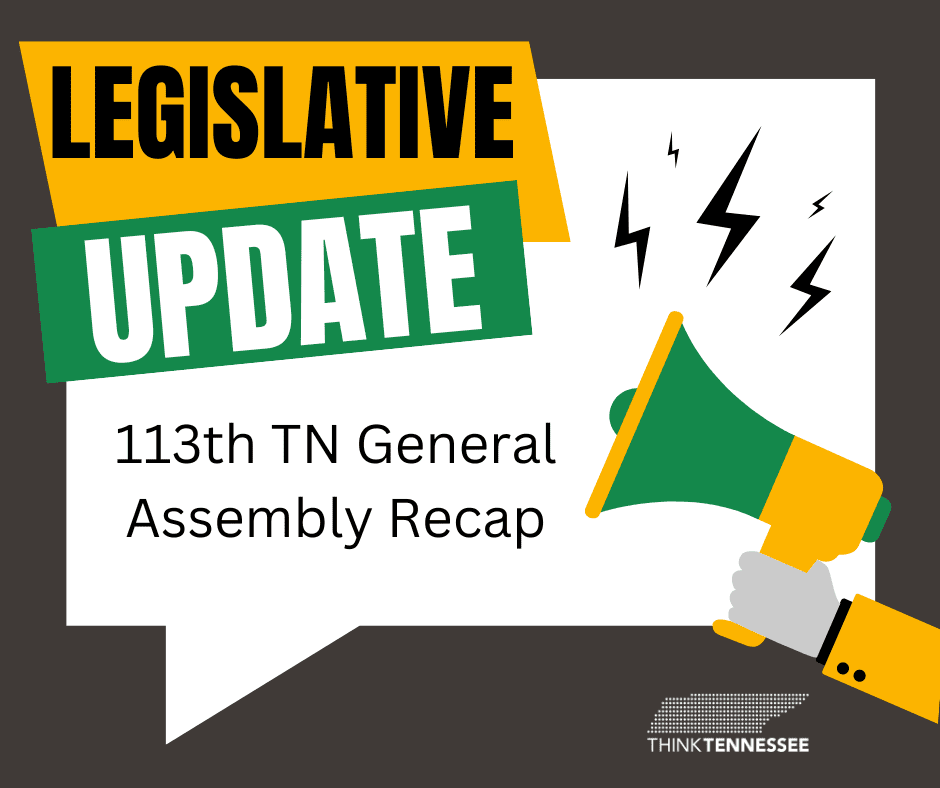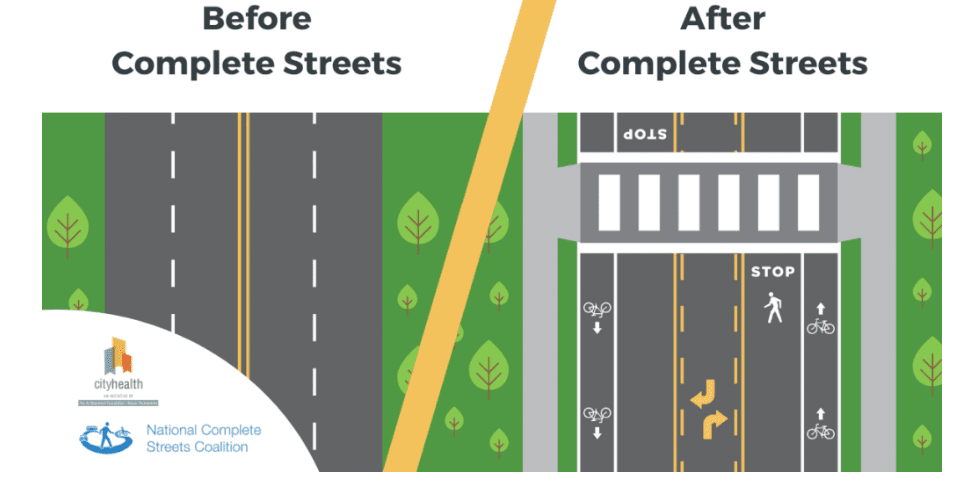Tennesseans have traditionally benefited from a low cost of living, however housing affordability is a growing challenge, especially in our four largest cities. According to ThinkTennessee’s State of the State Dashboard, Tennessee is short 127,102 affordable rental units and 84% of low-income renters are cost-burdened, spending more than 30% of their income on housing. In addition, the median home sales price increased 35% between 2016 and 2021 (THDA), and 19.3% of homeowners are cost-burdened.
State and local governments are using a variety of tools to address housing affordability, such as housing trust funds, tax credits, and federal grants. Nashville created the Barnes Housing Trust Fund in 2013 and began dedicating funding for housing affordability efforts annually in 2015 (in 2022, Metro Council approved $15.5M in grants). In 2022, Chattanooga adopted an accessory dwelling units ordinance to increase the supply and range of housing options available across the city. Developers are also using new materials and construction techniques to expand the supply of new affordable homes and the preservation of existing affordable housing stock, like micro-unit housing developments in Atlanta and the use of tiny homes in The Village at Glencliff in Nashville.
 One metropolitan area in Tennessee is trying an innovative approach that will address housing affordability with additional supply. In 2021, Memphis/Shelby County expanded their building code to address the “missing middle,” allowing for 3- to 6-unit buildings to be integrated into their International Residential Code (IRC) rather than their International Building Code (IBC). Expanding their local building code to include these units allows for triplexes and fourplexes to be developed without the traditional restrictions of commercial development. The International Building Code traditionally guides the construction or modification of any development with attached units, which would expand beyond the scope of a single-family dwelling unit or duplex.
One metropolitan area in Tennessee is trying an innovative approach that will address housing affordability with additional supply. In 2021, Memphis/Shelby County expanded their building code to address the “missing middle,” allowing for 3- to 6-unit buildings to be integrated into their International Residential Code (IRC) rather than their International Building Code (IBC). Expanding their local building code to include these units allows for triplexes and fourplexes to be developed without the traditional restrictions of commercial development. The International Building Code traditionally guides the construction or modification of any development with attached units, which would expand beyond the scope of a single-family dwelling unit or duplex.
What is the “missing middle”?
The “missing middle” includes building types like duplexes, triplexes, quadruplexes/fourplexes, and other diverse housing types that are in walkable neighborhoods, near public transportation options, and provide easy access to goods/services. These units typically range from single-family, detached housing units to multi-family or high-rise apartment buildings and can serve as either rental or homeownership units.
 Why is this change in the building code important for other cities to review and consider?
Why is this change in the building code important for other cities to review and consider?
An article from Missing Middle Housing, a leading source on the concept of the “missing middle,” states that amendments to the local building code that enabled this type of housing to be built in Memphis were:
- Modifying the scope and definitions of the IBC and IRC to apply the residential code and all subject provisions to 3- to 6-unit structures;
- Removing the sprinkler requirement for buildings with 2-hour fire-rated walls and floor/ceiling assemblies;
- Limiting public spaces to shared means of egress, but allows upper-floor residences to share common egress;
- No longer requiring separate mechanical, electrical, and plumbing drawings; and
- Considering how seismic provisions should apply differently to one- and two-family structures versus 3- to 6-unit structures.
These changes to the local residential building code significantly lower costs and construction timelines, which empowers owners and developers to consider new housing types. With these changes, the City of Memphis has a more diverse housing market with new and updated homes that are available and potentially more affordable for renters and homeowners. While there were initial safety concerns with removing building standards and modifying the code, the city has worked with the state’s fire marshall and others to ensure proper safety measures are in place with permitting and allowing these uses.
In high-growth areas across the state, in and around metropolitan areas, cities may be met with some challenges in considering the expansion of the residential code and its usage to address the affordable housing shortage. Developers in Nashville have increased its use of “tall and skinny” homes over the years to expand the supply of market-rate homes, which many believe has contributed to the city’s affordability challenges. While a great tool to explore, cities may discuss options with local builders, developers, and community members to determine optimal incentives or restrictions to include with a possible shift in the code.





